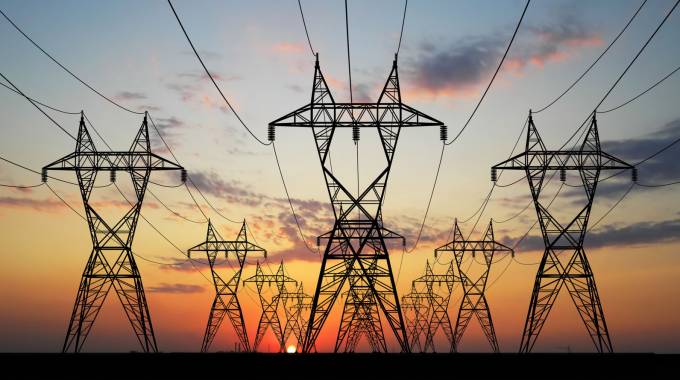
The Sunday Mail

Sunday Mail Reporter
Close to 10 000 public institutions have been connected to the grid under the rural electrification programme that began in 2002.
According to the Rural Electrification Agency (REA), 2 881 primary schools now have power, while 1 434 secondary schools have been connected.
About 915 clinics, 421 Government offices, 249 chiefs’ homesteads, 1 061 business centres and 1 253 villages have also been electrified.
The programme is being funded through the Rural Electrification Fund.
In an interview, REA spokesperson Mr Johannes Nyamayedenga said only a third of all rural public institutions remain without power.
“As of August 31, a total of 9 963 institutions in rural areas are now either on the national grid or the solar micro-grid,” he said.
“Most of the rural institutions on the grid include rural health clinics, primary and secondary schools, business centres and Government extension offices. We have seen a tremendous change in the lives of the rural folk in all spheres, from business to education, farming and health services delivery.”
The National Development Strategy 1 compels REA to connect all villages and rural public institutions by 2025.
“We plan to have all villages on the grid and the President’s vision of an upper middle-income society by 2030 can only be realised when everyone has access to one form of energy or the other,” he added.
Data from REA shows that Manicaland Province has the highest proportion of public institutions connected to power (1 887), followed by Mashonaland East (1 379), Masvingo (1 358) and Mashonaland Central (1 204).
In Mashonaland West, 1 216 institutions have been electrified. In Midlands, Matabeleland South and Matabeleland North, 1 079; 974 and 866 institutions have been connected to electricity respectively.
“We are not looking at grid electricity alone, but also local supplies such as solar and biogas energy to meet set targets,” added Mr Nyamayedenga.
“While meaningful progress in the provision of biogas energy has been noted, remarkable progress has also been made in the provision of solar energy.
“REA has distributed 437 mobile solar units across the country at satellite schools, police posts, national parks and District Development Fund offices.”
The rural electrification programme was launched in 2002 following the enactment of the Rural Electrification Fund Act (2002).
One of the major outcomes of the programme is reduced deforestation.



